Month: April 2020
Khajuraho: A Treasure Trove of Sculptures
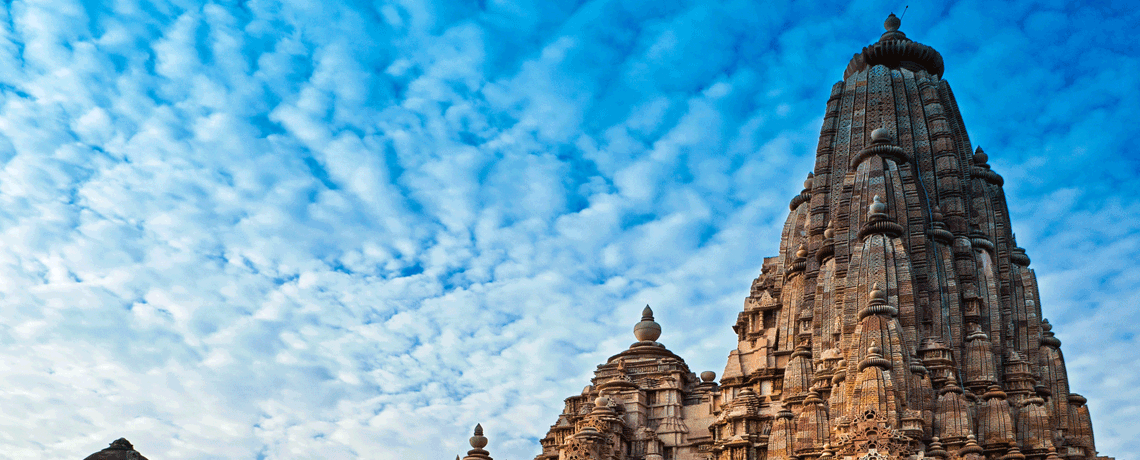
Immensely popular for its intricately sculptured temples, motifs and architecture, Khajuraho is inscribed as World Heritage Site by UNESCO because this ancient city has so much to offer. There are 85 original temples, which are divided into three massive complexes, each adorned by vignettes of eroticism, music, dance and various other creative pursuits. It is believed that the sculptures and carvings in temples depict the motifs of Kamasutra, the famous Indian text-book on carnal pleasure. There are many magnificent carvings in these temples, which shed light on the important aspects of life, related to the higher levels of spirituality and abstinence. The brevity and elegance of these sculptures highlight the value and fleetness of different phases of life. According to these sculptures, one must follow some rules in life to attain enlightenment and salvation.
Khajuraho has three groups of temples with Western, Eastern and Southern parts. The Western group has all the main temples including the majestic Kandariya Mahadeo Temple, which has a collection of some stunning sculptures. The Eastern group has Jain Temples, while Southern group has only two temples. Nestled amidst the Vindhya Range of mountains, these temples were constructed by the rulers of the Chandela dynasty between 950 AD and 1050 AD. According to popular belief, these temples are renowned across the world for their erotic sculptures, but interestingly, only 10 percent of the art is erotic in nature. In fact, there are various theories, which are related to these sculptures. According to some historians, these sculptures depict the various poses related to tantric erotic practises, while others believe that they are related to Hindu tradition of celebrating sex as an important part of daily life.
A sound-and-light show is hosted every evening in the temple complex, which is narrated by the Bollywood icon Amitabh Bachhan. Besides that, an annual dance festival is also organized here in the month of February every year.
Next Khajuraho Dance Festival: 20th February – 26th February 2021
The three most popular temples in the complex are the Kandariya Mahadev Temple, the Vishwanath Temple and the Lakshmana Temple. Let us explore the places and other attractions of Khajuraho:
Devi Jagdamba Temple
This temple is dedicated to the Goddess (Devi) of ultimate power and has some of the most exquisite sculptures of Khajuraho. There is a huge idol of the Devi in the Garbha Griha (Womb) complex. The temple is adorned with three bands of sculptures, while the first two bands depict different postures of the Goddess, the third band has erotic carvings.
Chaunsat Yogini
This is the only granite temple in Khajuraho, which is dedicated to the Sun God. The main door of the temple faces eastward to the rising sun. The nearby Matanageswara Temple is dedicated to Shiva (the Hindu God of destruction), and adorned by a huge 8ft Lingam.
Lakhmana Temple
It is one of the oldest temples, which is named after the king who built it. It is a Vaishnavite temple, which has a beautiful sculpture, dedicated to the trinity of Brahma, Vishnu and Mahesh.
Chattarbhuj Temple
This temple was built in 1100 A.D and it is hugely popular for its architecture. This is the only temple in Khajuraho, which does not have any erotic sculpture. There is a massive 9 feet carved idol of the Lord Vishnu in Chaturbhuja (four-armed).
Dulhadev Temple
This temple is situated in the south of Khajuraho and has an intricately carved Shiva lingam. There are other sculptures in its vicinity dedicated to various apsaras or heavenly beauties, carved beautifully to depict elegant poses.
Temple Opening Times
The temples are open from sunrise until just before sunset.
Important Tip
The Tourism Ministry of India promotes Khajuraho as one of the most alluring and safest tourist destinations in India, but sometimes tourists complain about the persisting and nagging behaviour of the local touts. There are many trained guides in Khajuraho. Thus, one can hire a guide to avoid touts.
Where to stay in Khajuraho
There are many luxury hotels in Khajuraho and most of them are located on the Airport Road. In fact, there are some mid-range hotels also, which are located along the Bamhita Road, near the Western group of temples.
Best places to eat in Khajuraho
There are many restaurants in Khajuraho, which serve a variety of Indian cuisines. There are a few Italian cafes and in-house restaurants, which serve Indian, Continental and Chinese cuisines.
How to reach
By Air: Khajuraho Airport is located 5 km from the city. Air India conducts flights from Delhi, Varanasi and Mumbai.
By Train: A train station was opened in Khajuraho in 2008. This station is linked to Jhansi, which is 175km away from Khajuraho, on the Delhi-Chennai/Bangalore/ Trivandrum mainline.
A visit to the land of mowgli – Pench Tiger Reserve
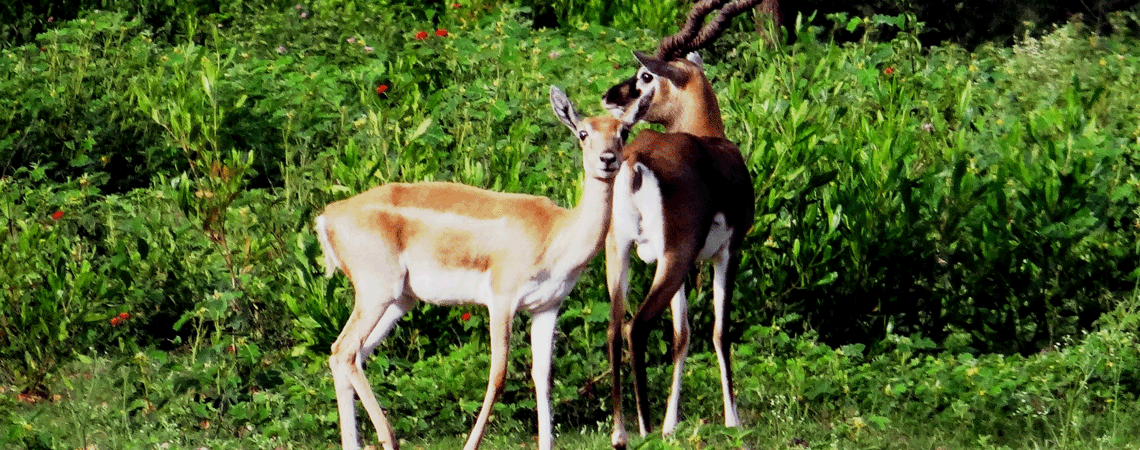
There are 48 Tiger Reserves in India, which are home to almost 70% of tigers in the world. It might not notch up the top spot amidst other popular tiger reserves in India, like Bandhavgarh and Kanha, but the Pench Tiger Reserve holds a unique distinction, as its wildlife and vastness have been immortalized in the pages of the “Jungle Book” written by Rudyard Kipling, the first British Nobel laureate for literature.
Pench Tiger Reserve – The Mowgli Connection
Interestingly, Kipling never really visited the place, but drew inspiration from a fascinating story, told by Sir William Henry Sleeman. The story was based on the life of a little wild boy, who was raised by the wolves and roamed in the jungles of the Pench National Park. Kipling also conjured up his stories by taking the notes from the writings of various other British travellers, who frequented central India during those years. Kipling has beautifully described the denizens of the Seoni Hills and adventures of Mowgli the wolf child. The legendary wildlife characters of the “Jungle Book” can be spotted around the Seoni Hills, which have become a part of the local folklores. BBC released the film “Spy in The Jungle” documentary in 2008, which is based on the Pench National Park and narrated by Sir Davis Attenborough.
Landscape & Wildlife of Pench
The Pench Tiger Reserve is spread across the Seoni and Chindwara districts of Madhya Pradesh and Nagpur district of Maharashtra. The notified area of the entire Pench National Park is 1179 sq. Km. It has been deemed under the government backed ‘Project Tiger’, which is why it is called a Tiger Reserve. It has been named after the Pench River, which intersects the area and forms a labyrinthine of rivulets, water holes and streams. Undulating terrain and thick vegetation encompass the entire region, with the Seoni Hills climbing up to a greater height, which offers a picturesque view of the entire valley. Home to a substantial tiger population, Pench is thickly populated by bamboo and mango trees, which provide shelter to other wild animals including wolves, foxes, bears, Indian deer and macaques among others.
Best Time to visit Pench
The Park stays open from 16th October to 31st June. But, the best time to visit is from October to February, the blossom season, when the temperature gradually dips down to four degrees Celsius.
Where to stay in Pench
There are four Taj Wilderness Lodges in the vicinity, which offer the most exclusive accommodation in the area. Their restaurants serve traditional Indian cuisine.
Top Places to visit near Bhopal
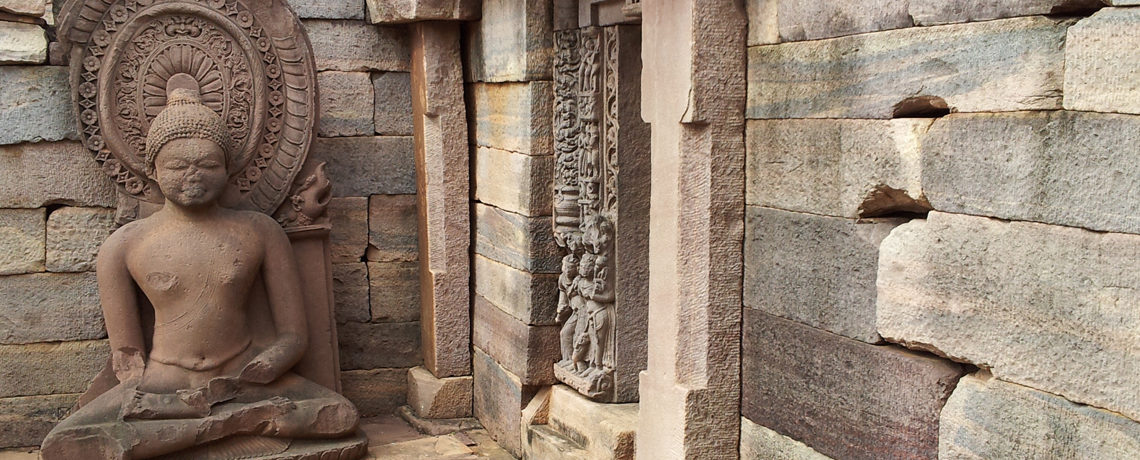
Madhya Pradesh, also known as the heart of incredible India, has so much to offer and the places to visit near Bhopal are no exception. I decided to tick them off my overflowing bucket list and headed to the centre of India. I love raw travel, so I decided to take an overnight train from Delhi to Bhopal. However, if you are traveling in India for the first time, I would recommend taking one of the short flights that operate daily between all major cities and Bhopal.
Places to visit near Bhopal
Udayagiri Caves
My first place of interest close to Bhopal city was Udayagiri Caves. Located at a distance of 62 kms from Bhopal, there are two different routes via Sanchi to the caves. Though I preferred to ride through the shortest route, I will not suggest that road if you are traveling by car.

Established between 4th – 5th centuries A.D., the Udayagiri caves house some of the oldest Hindu rock cut sculptures and inscriptions in India. They are considered to be an important archaeological site from the Gupta Period (an ancient Indian empire that existed from circa 320 to 550 CE and covered northern, central and parts of southern India). The complex houses 20 caves, out of which two are dedicated to Jainism and the remaining 18 are directly related to Hinduism.
I was amazed to see the massive relief sculpture of the Hindu god Vishnu in his incarnation as a boar-headed Varaha. Varaha is believed to be the third reincarnation among the top ten principal avatars of Lord Vishnu. Apart from this massive sculpture of the demonic messiah, there are caves where rock sculptures of Shiva, Ganesha, and other gods and goddesses are also carved.

For history buffs there are three caves inside the complex where Sanskrit inscriptions in Gupta lipi (characters) are inscribed. To my surprise, my guide told me that the caves have not been thoroughly investigated by archaeologists. Do pay a visit and see if you can discover something new.
Sanchi Group of Stupas
After spending an hour in the Udayagiri caves, I moved on to my next destination for the day, Sanchi. Famous for its Buddhist stupas and monuments, it is a small village just 45 kms from Bhopal. Touted as one of the most visited tourist sites in central India, the nostalgic allure of Sanchi can be experienced through its stupas and the magnificent carvings on its facade.
The stupas were built by Emperor Ashoka in the 3rd Century BC and are considered to be the oldest stone structures of India. It was declared a UNESCO World Heritage Site in the year 1989. Though it was commissioned by the Emperor Ashoka in the 3rd Century BC, the stupas enjoyed the patronage of four different empires – Mauryan, Shungas, Satvayanas and the Guptas. Until the 12th century BC, work continued on Sanchi, after which it was abandoned.

The moment I entered, I was awestruck by the majesty of these Mauryan stupas. The entrance is dominated by four intricately carved gateways. They truly showcase the finest of Buddhist art in India. The four gateways illustrate Buddhist legends, known as Jatakas and events in Ashoka’s life.
Though I was mesmerized by the sheer beauty of the carved gateways, my curious eyes kept searching for the form of Buddha. I was getting impatient when I saw a monk who was going round the stupa offering his prayers. I was sure he could show me the elusive Buddha, so I waited for him just outside the northern gate. When I asked him why there were no images of Buddha on the carved gateway, he told me that the stupas were built on the principals of the Hinayana system of Buddhism, where Buddha was never portrayed in sculptures and paintings. Interesting!
Another intriguing fact about this place is that in the pre-independence era, the British wanted to ship the gateways to England to protect them and even the French emperor Napoleon had shown interest to posses one of the gateways. Thankfully they remain where they belong.

In the words of Buddha, “It is better to travel well than to arrive”. I headed back to Bhopal delighted with my day, knowing that I treaded the path once taken by legends.
I had a wonderful time at Sanchi and I rank it on top for places to visit near Bhopal.
Bhimbetka Rock Shelters
Next day, after an early breakfast I went to visit the Bhimbetka Rock Shelters that lay 45 km south east of Bhopal. Exhibiting the life of the Stone Age people in the sub-continent, they are the richest gallery of pre-historic art in India. Some of the rock paintings found at Bhimbetka are more than 35,000 years old. The paintings inside the caves also prove the early existence of dance art in India. It was declared as a UNESCO World Heritage site in 2003.

Apparently, the rocks bear a striking resemblance to rock art sites like Kakadu National Park in Australia, the cave paintings of the Bushmen in Kalahari Desert and the upper Paleolithic Lascaux cave paintings in France.
For me the Bhimbetka rock shelters were a completely different world. It was a city of the earliest humans on this planet. There are about 750 rock shelters spread over the Ratapani Wildlife Sanctuary under 5 core zones of Bineka, Bhonrawali, Bhimbetka, Lakha Juar (East), and Lakha Juar (West). However, Bhimbetka steals the show because it reflects the continuous sequence of the Stone Age culture in the form of rock paintings marked inside the shelters.

Early men have inked their anger, joy, fear, sadness, and love on these walls. A particular zoo rock shelter will acquaint you with a Mesolithic boar and other animals like elephants, rhinoceros, boar, spotting dears, and snake.
Another feature of the shelter is a small cave temple inside the core zone. It is believed that Bhim, the hero deity of the epic Mahabharata, lived here for a year or so during his 14-year exile. The name Bhimbetka is derived from the Sanskrit word of Bhim + Baithka that means ‘the sitting place of Bhim’.
Bhojeshwar Temple
After Bhimbetka, I was on my way to the Bhojeshwar Temple. Situated 28 kms from Bhopal in Bhojpur, this quiet place is known for its huge Shiva Lingam (a phallic-shaped representation of the Hindu deity, Shiva, the emblem of the generative power in nature). Crafted out of a single rock, the Shiva Lingam in Bhojpur is believed to be India’s largest Lingam. The doorway of the temple is magnificently built with two finely sculpted figures standing on either side, while the temple has a brilliantly rising dome supported by four pillars.

I would recommend visiting this temple in the morning to avoid the crowd of devotees. Interestingly, this temple was never completed. Though it is a remarkable monument, I wonder why such a big lingam was built. Was it made to show royal grandeur or utmost devotion to Shiva? Either way, it is a sight to behold.

I would definitely recommend including Bhopal if you are traveling to central India. You can put your questions in the comment box and I would love to answer them. If you want us to plan a holiday in Central India and Bhopal for you, write to us at enquiries@indusdiscoveries.com.




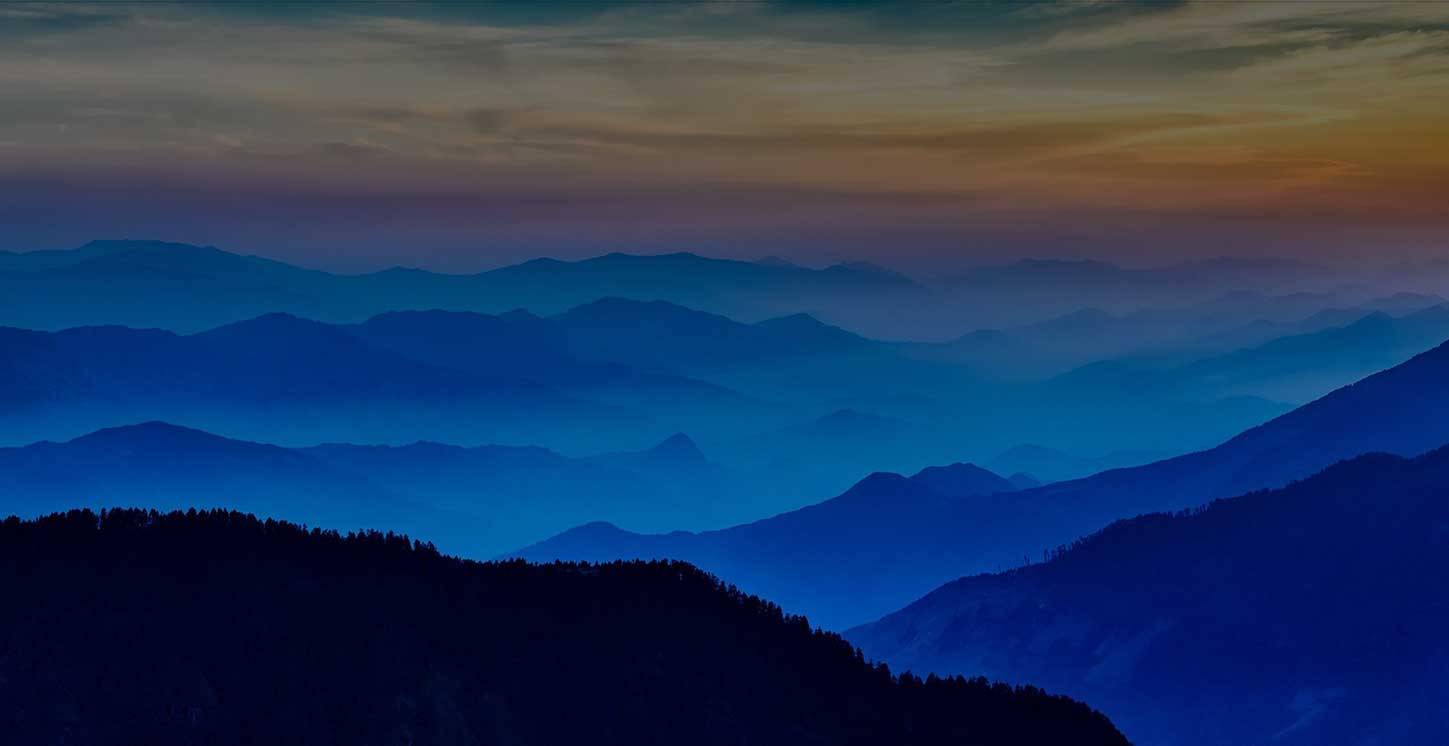
 +1-(765)-586-1210
+1-(765)-586-1210 +44-2030-2689-44
+44-2030-2689-44 +91 124 4361906
+91 124 4361906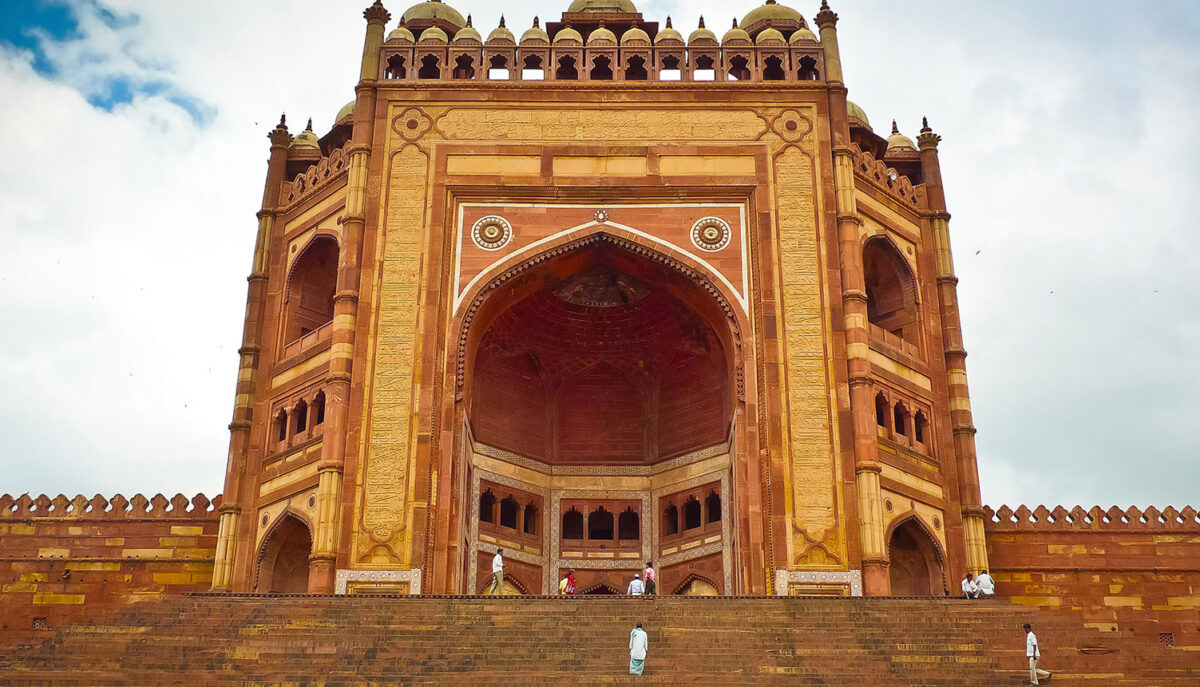
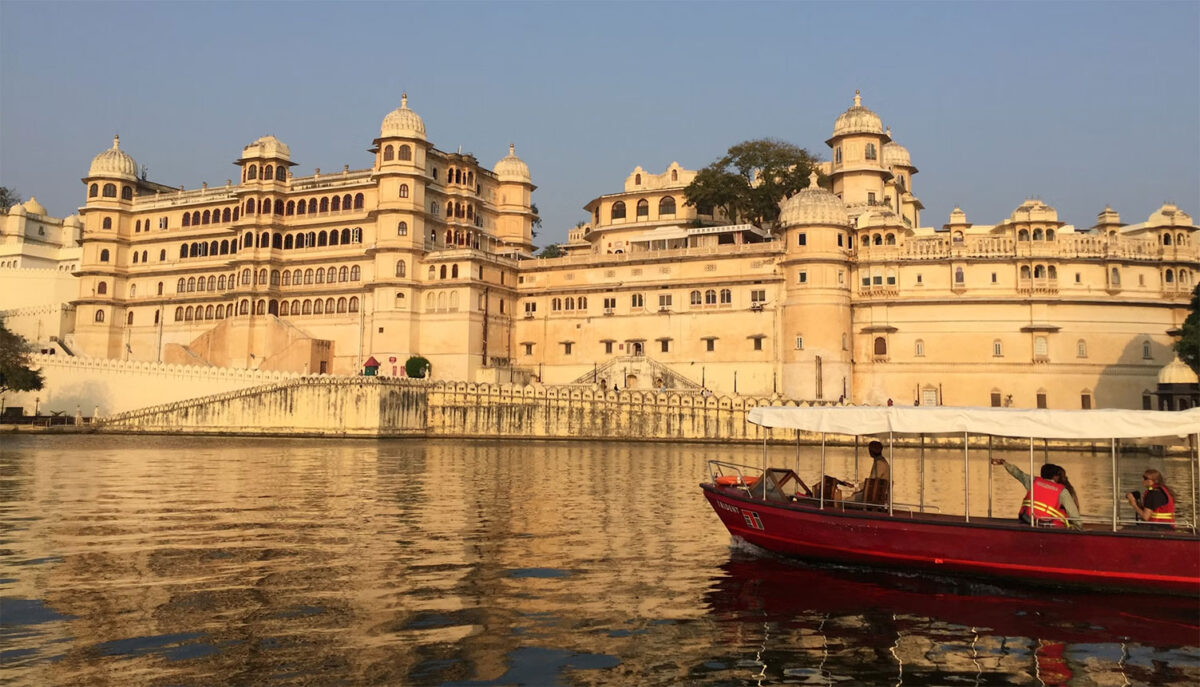

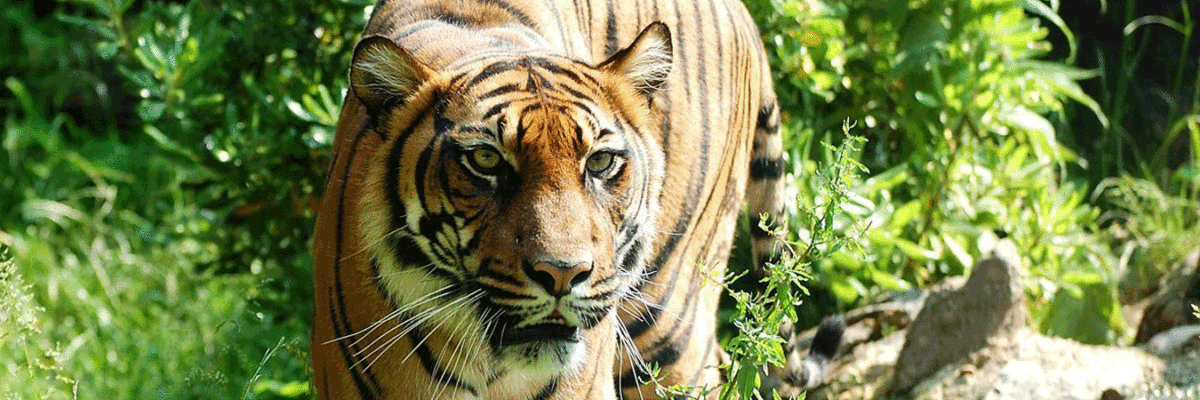
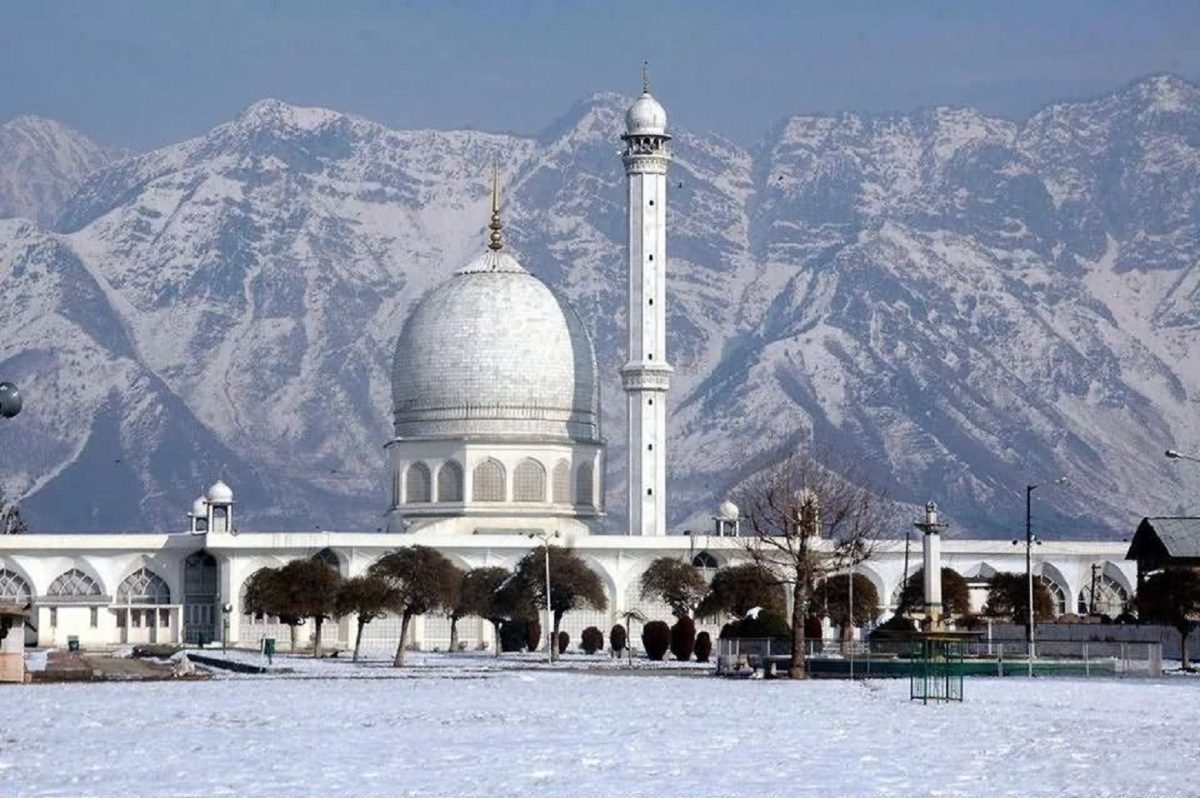


 +1-(765)-586-1210
+1-(765)-586-1210 +44-2030-2689-44
+44-2030-2689-44
